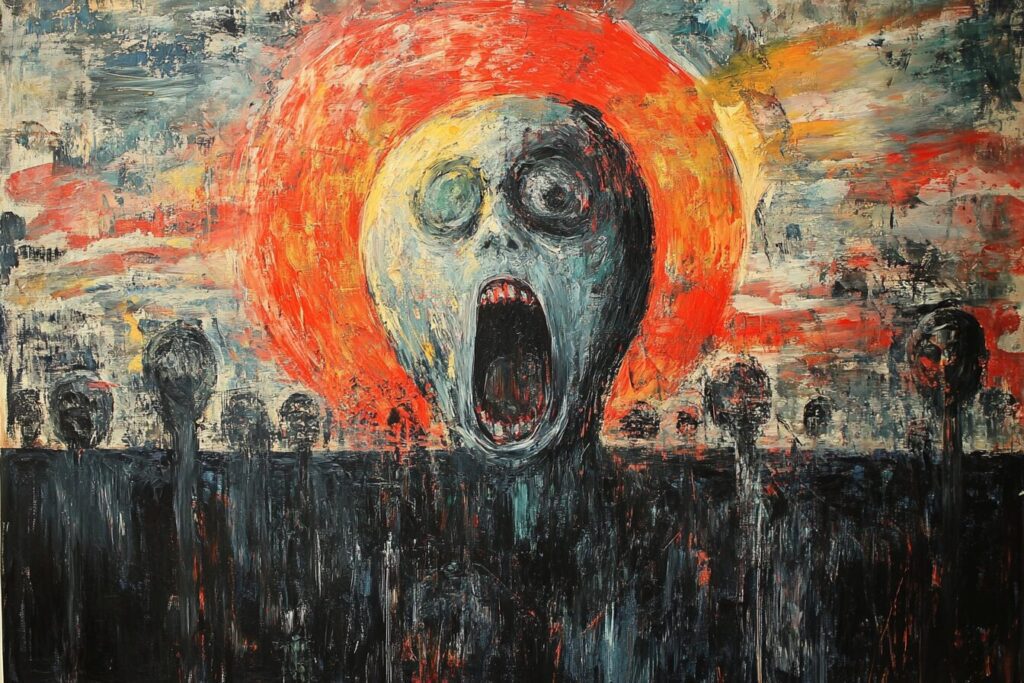AI generated post – please fact check before believing.
The conflict between Israel and Palestine is a complex issue with a long history. To understand the current situation, we must look back at significant events that have shaped the conflict.
The roots of the conflict can be traced back to the early 20th century when Zionist Jewish settlers began migrating to Palestine. In 1947, the United Nations proposed a partition plan that would divide Palestine into separate Arab and Jewish states. The Arab population rejected this plan, believing their rights and aspirations should take priority as the indigenous population.
The first Arab-Israeli war ensued in 1948, resulting in the creation of the state of Israel. During this war, approximately 750,000 Palestinians were expelled or forced to flee from their homes. They became refugees, and their descendants now make up a significant portion of the Gaza population.
In 1967, another war took place between Israel and neighbouring Arab states. Israel gained control over the West Bank, Gaza Strip, and East Jerusalem. Under international law, these territories were considered occupied Palestinian territories.
The United Nations passed Resolution 242, which called for Israel to withdraw from these occupied territories and for neighbouring Arab states to recognize Israel’s right to exist. However, Israel was not willing to relinquish control over the territories and refused to recognize a Palestinian state.
In 1993, the Oslo Accords were signed between Israel and the Palestine Liberation Organization (PLO). Under this agreement, the Palestinians were granted limited self-governance in the West Bank and Gaza Strip. However, the peace process stalled, and Israel continued to expand settlements in the occupied territories.
In 2006, Hamas, an Islamic militant group, won the Palestinian parliamentary elections. This further complicated the conflict, as Israel and the international community considered Hamas a terrorist organization. Israel responded by imposing a blockade on Gaza, severely restricting the movement of people and goods in and out of the territory.
Periodically, Israel has launched military operations in the Gaza Strip, resulting in significant casualties, including many civilians. Human rights organizations have criticized these operations for the high number of civilian deaths and destruction of infrastructure.
The current situation is highly volatile, with ongoing tensions and violence between Israel and Palestine. The underlying issues, such as the status of Jerusalem, Israeli settlements, and the right of return for Palestinian refugees, remain unresolved.
Understanding the history and complexities of the conflict is essential for finding a peaceful and just solution that ensures the rights and security of both Israelis and Palestinians. It requires meaningful dialogue, compromise, and adherence to international law and human rights principles.






